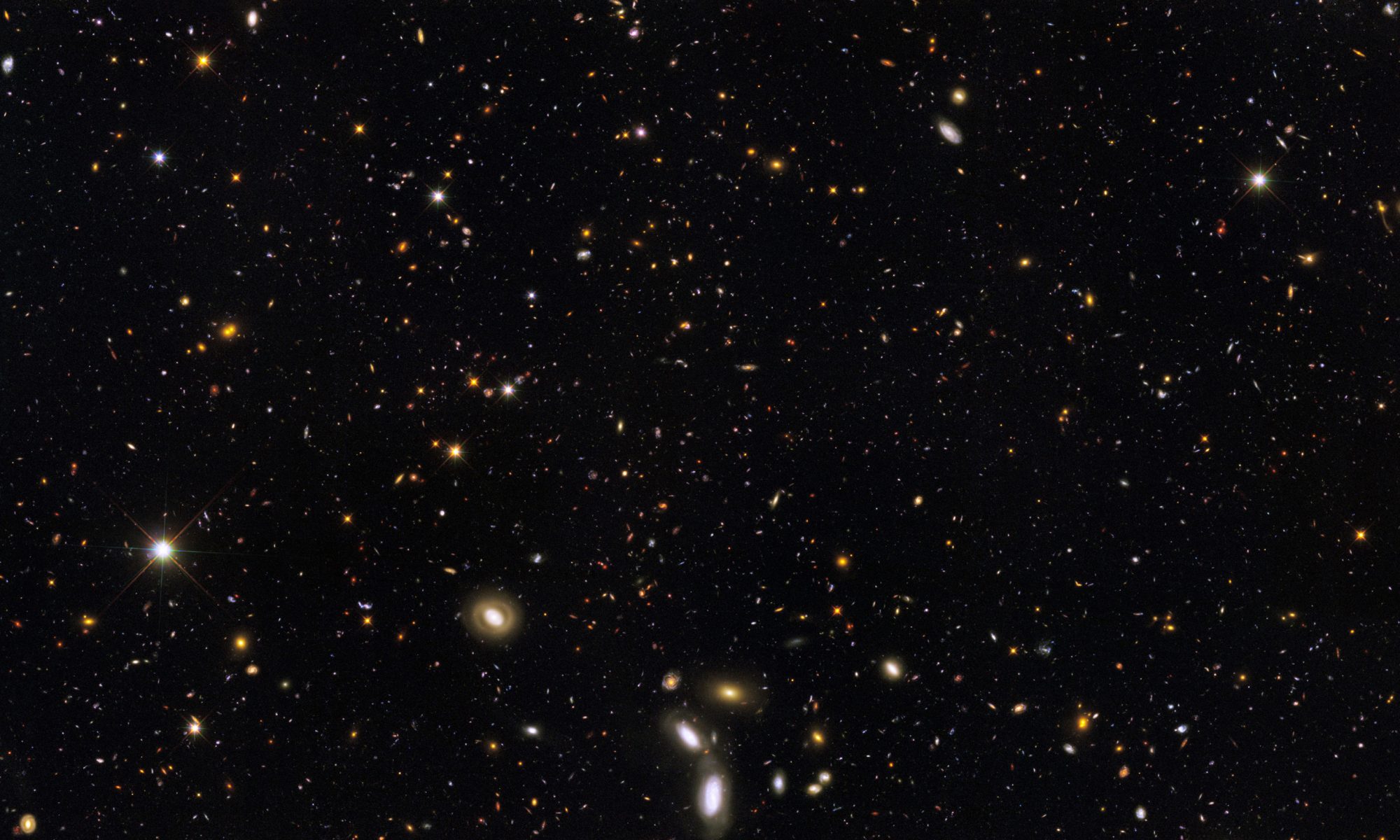Sonnet III
On Becoming Aware of Death
Maybe it was the year the Challenger failed
on TV, maybe the year they showed the standing
man in front of the tank, his hand pale
against the olive-drab paint in the square in Beijing
and he refused to move. He’s crushed under
tread and they showed clips on the news
for a week, or maybe two, but over and over
again. These were not it, but I still had curfew
at dark, and my parents watched ABC
because they knew and trusted World News Tonight
with Peter Jennings. It was the night he
showed the men kneeling down blindfolded in line
and said something about gross images,
then black and white exploding blood and heads.
–NOTES–
Yes, it still needs work. Especially in the metrics. But it is much farther along than how it started out:
I think it was fourth grade
the year the Challenger failed
or maybe later, the man standing
in front of a tank, unmoving, slowly
crushed down under treads in Beijing.
They showed these on the news, but
these were not it. It was when,
on ABC (my parents were Jennings’ fans)
they showed the men, blindfolded, on
their knees, lined up straight, heads bowed,
hands tied, grainy black and white,
each shot in the back of the head
by his own AK-47-wielding executioner,
that I knew Death’s face.
Which not only poorly fits the form, but also makes a poor poem, being circuitous and too laden with my own realization when it is so obviously stated in the title. Plus, ‘Death’s face’ sounds trite to me. Also, anyone who has seen these clips will recall them in detail without my forcing those details on them. The final image in the current revision is sudden and shocking, definite, while the last line of the draft is unoriginal and forgettable. That final punch is important to this poem, and reinforces the impact seeing this clip had on me. It made me throw up, all the dinner I had just finished into the toilet, and I felt sick for some time.
